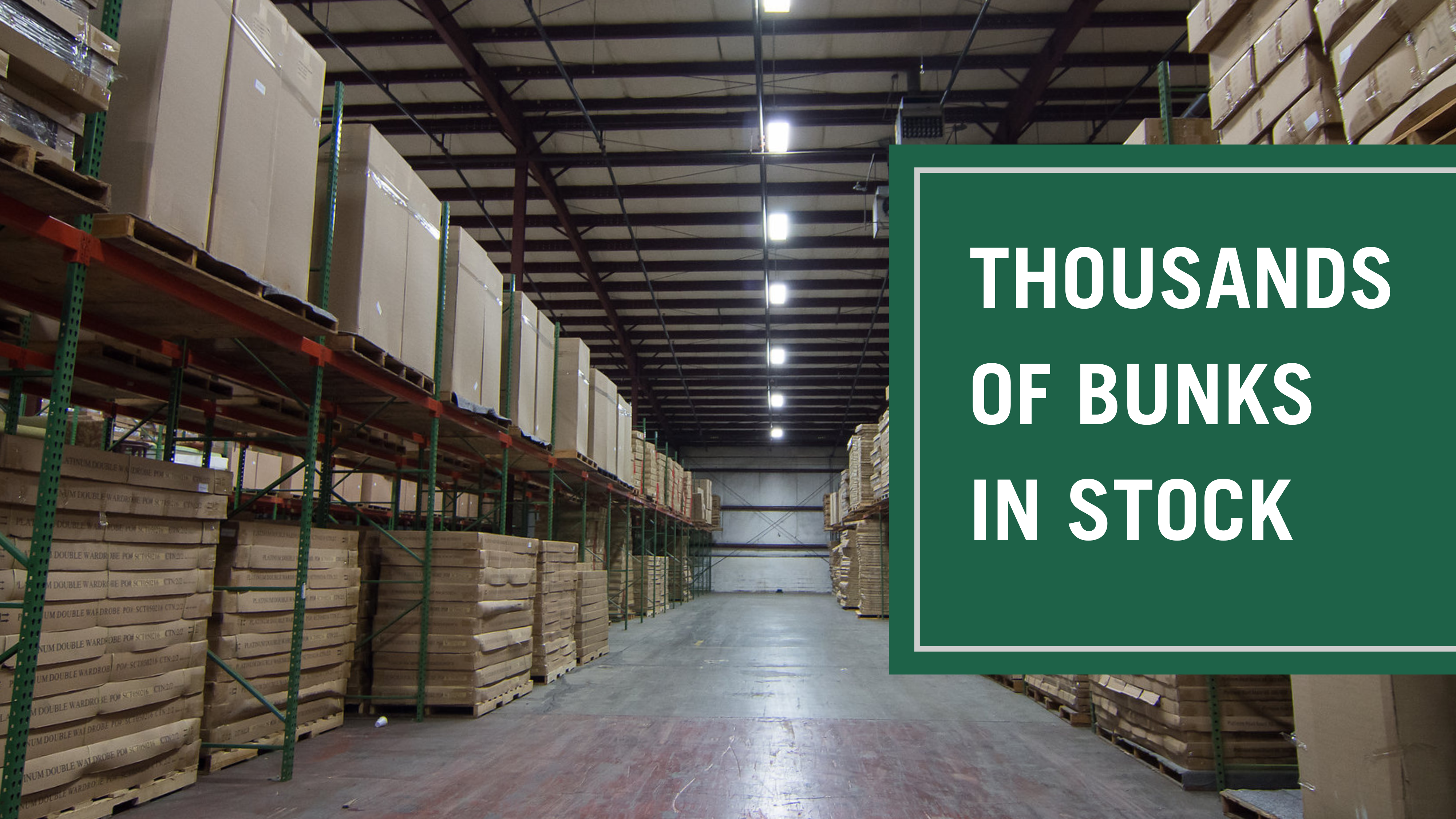 If you've converted your homeless shelter or rescue mission into relief housing for hurricane evacuees, no doubt you've thought through the basics of providing disaster relief. You have cots, mattresses, blankets, pillows, food, and bottled water.
If you've converted your homeless shelter or rescue mission into relief housing for hurricane evacuees, no doubt you've thought through the basics of providing disaster relief. You have cots, mattresses, blankets, pillows, food, and bottled water.
While everyone needs these essentials, some evacuees need more attention than others in disaster situations.
Who are we referring to? That's right, the kids.
Kids are resilient, they say — and it's true. However, they are also much more vulnerable. Children are smaller, making them more prone to sickness or injury, and they're typically unaware, giving them more cause to worry in disaster situations when they don't know what to expect.
If you're providing shelter for families in the wake of a hurricane or other natural disaster, we encourage you to pay especially close attention to the children under your care. Here's how:
Educate
While it's not necessarily your job as the director of a shelter or as a volunteer at an emergency rescue facility to explain to children what a hurricane is and the potential impact of one is, you can (and should!) encourage parents to have this conversation with their kids. Here are some tips you can share with parents before they talk to their kids about hurricanes:
- The sounds a hurricane makes. Explain that there's going to be thunder, wind, and rain, but emphasize that the facility they're staying in is safe and secure.
- The plan if the power goes out. It's always possible that your shelter could lose power when a hurricane hits. If possible, provide families with flashlights so that parents can console their kids with the promise that there will still be light even if there's not electricity.
- What are their questions? A child's perception of a situation is rarely what an adult expects. Parents should give their children a chance to ask questions and express their own concerns rather than assuming they know what their child is afraid of.
Practice Evacuating
The path of a hurricane is never guaranteed. Sometimes a hurricane will change course unexpectedly, striking areas where people sought shelter and leaving previously evacuated areas untouched. It's important that your disaster relief facility recognizes this possibility and has a plan for evacuating quickly if necessary.
Once you have an evacuation plan for the families staying at your rescue mission, you need to practice the evacuation plan. Practicing benefits everyone, but especially kids. No child will be able to comprehend a list of step-by-step instructions and follow them in an emergency evacuation situation. If they've practiced, however, the necessary steps will become a reaction when it really counts.
Stay Informed
Social media is not a good way to stay informed about natural disasters. Instead, tune into NOAA Weather Radio, and sign up for news alerts from other reliable sources.
As you stay informed, do your best to filter the amount of information that reaches the ears of the children at your facility. You don't want to scare them. Kids take their cues from adults, so as long as you're calm, they will be, too.
Create ICE Cards
Give everyone — but especially children — an identification card that includes their name, emergency contact names and numbers, as well as prescription medications (if applicable). A child may not be able to recall this information in an emergency situation, so the safest solution is to attach an ID card to them.
72-Hour Kits
If you have the resources, it's wise to provide families with 72-hour kits. These emergency kits should include the bare necessities that a person would need to survive for three days. Non-perishable foods, bottled water, a radio with batteries and a can opener make for a good start.
Implement a Buddy System
Encourage everyone staying at your evacuation shelter to use the buddy system. Children should be paired with adults.
Still need the essentials?
If your shelter needs additional supplies and bedding before you're ready to house evacuees, American Bedding Manufacturers can help. Contact us today at (800) 203-2507.


.jpg)
.png)